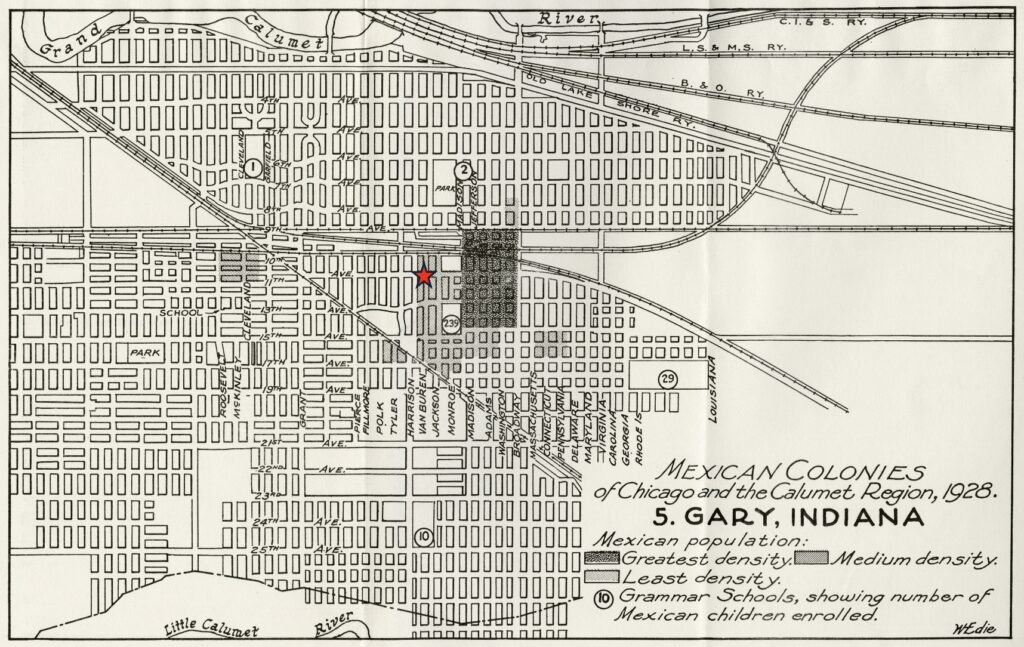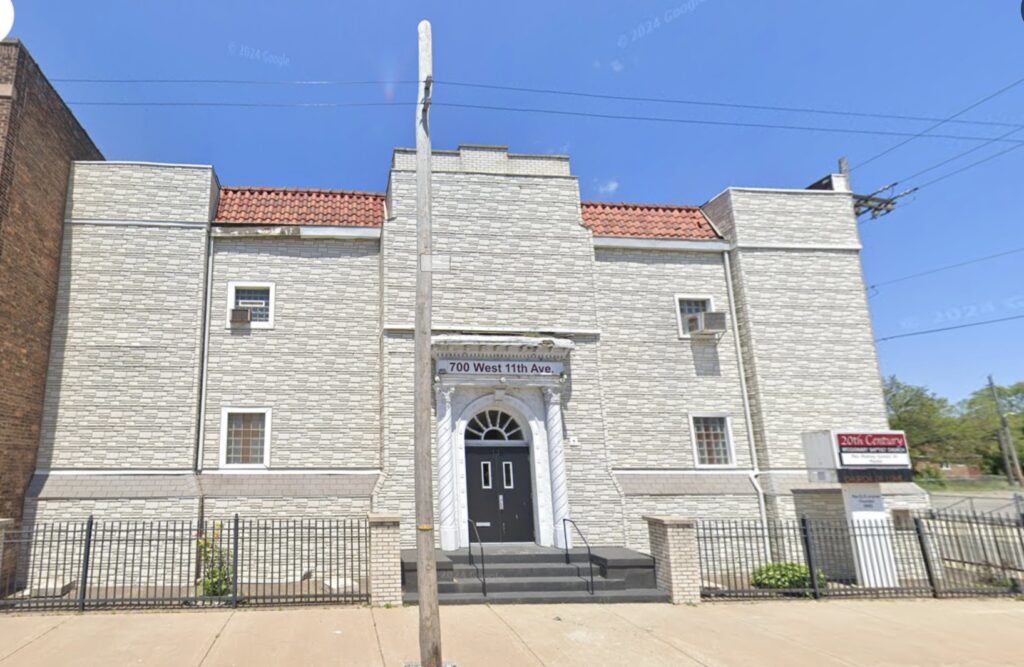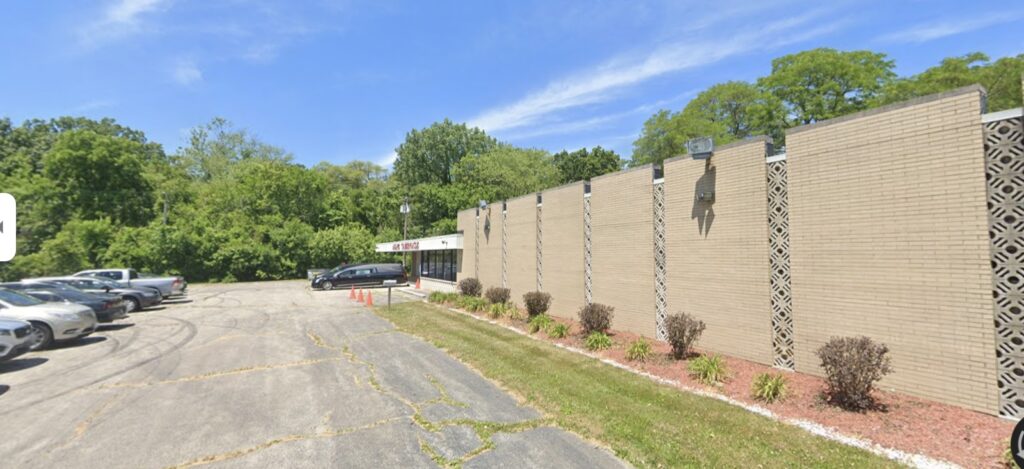
Plan your visit
Gary Indiana’s Spanish Castle
February 20, 2025

When examining European immigration to the United States and in Indiana in the first half of the 20th century, you hear about Germans, Poles, Italians, Irish and more. One such population that often goes statistically unnoticed are the Españoles or Spaniards. Their early 20th century migration period to the United States has been referred to as “silent” or “forgotten.” They were the first Spanish speaking immigrants who formed a community in Northwest Indiana’s “Steel City.”
1900s-1920s – Strongholds, Recession, and Statistics
One of the many reasons for increased Spanish immigration within the first two decades of the 20th century was likely due to the downturn of Spain’s economy. One key factor is that in 1898 Spain lost their remaining colonial settlements in Latin America and Asia to the United States at the end of the Spanish-American War. This loss of territory included revenue generated from those local economies. The colonial settlements were Cuba, Philippines, Guam, and Puerto Rico. Previously, Spain (and Portugal) systematically lost territories of its colonial empire throughout Latin America in the 19th century as countries gained their independence, first was in 1810 with Colombia.
In the early 1910s and 1920s, Spaniards began to have a sizeable presence in the United States. The U.S. decennial census provides demographics, state by state, in their annual population reports. The section titled Composition and Characteristics categorically combined Spaniards in the “foreign born white” numbers, rendering them statistically undetectable. However, the 1923 and 1924 annual reports from the secretary of labor, provided evidence that a large influx of Spaniards (approximately 174,000) came into the United States from 1900-1924. In the 1920s, numbers would gradually decrease after the Emergency Quota Act of 1921 and especially after the Emergency Quota Act in 1924, which placed strict quotas on immigrants from countries in eastern and southern Europe.
Unión Española’s Spanish Castle
Indiana saw small pockets of Spaniard populations throughout the state. One was in the city of Gary, located in Lake County. This group were the first Spanish speakers in the area, arriving more than a decade before arrivals from Mexico and decades before arrivals from Puerto Rico. By the 1930s they became a minority among other Spanish speaking populations. Although they had small numbers, they built a spectacular cultural landmark known by many as “The Spanish Castle”, located on the corner of 11th street and Van Buren Avenue in Gary. It was curiously located on the edge of what was identified by Paul S. Taylor in 1928 as Gary’s Mexican colony. Taylor’s report and population density map below illustrates its location. While Mexicans eventually became the majority, not all Spanish speakers within this population were Mexican.

The red star pinpoints the location of the Spanish Castle. Population Density Map of the Gary Mexican Colony, 1928. Mexican Labor in the United States, Vol. 2 by Paul S. Taylor
The Spanish Castle was a gathering place for the Spanish community. It was built by their benevolent society, the Unión Española. Ten years after the formation of the society in 1923, local newspapers reported that members conducted an independent census of their local population. It was estimated that Gary had a Spanish population of about 2,700 people, comprised of 62 families and 170 children. Members of this society lived in Gary but also in the neighboring cities of East Chicago and Hammond. The attraction to Gary and neighboring cities were Northwest Indiana’s growing industrial corridor, particularly its steel mills. Employment and favorable wages from Northwest Indiana’s steel mills were a huge draw for immigrants from all over Europe and Latin America, making this industrialized area one of the most ethnically and culturally diverse locations in the state.
With the growth of the community, the Unión Española (established in 1913), provided education, recreation, and mutual aid funds for its members. They built their own building, Union Española sometime in the 1920s. Within that decade, they had a men’s soccer team that was part of a northern Indiana soccer federation with other Spaniard teams such as Valencia of Indiana and Central Spanish (or Centro-Español) of Gary. They played other teams like the Hungarian Young Men’s Club, Michigan City Germans, Gary Germans, and the South Bend Turnvereins. A few years after the end of prohibition, a 1935 Hammond Times newspaper article states that Unión Española applied for a liquor, beer, and wine permit. The other Gary Spanish group, Centro-Espanol Club, applied for a permit as well. To illustrate the diversity of Gary, this article also mentioned other Gary area cultural social clubs seeking permits, such as the Slovak Political Club, Societa Rumania, and the Croatian Glee Club.
The Spanish Society
In the latter half of the 20th century, mentions of Unión Española would cease. Yet other generations of Españoles established their own group and building, called the Spanish Society Hall. The Spanish Society Hall and adjoining picnic grounds were located at 1500 E. 49th Street, also in Gary. Newspaper accounts for this building indicate that it was used as a meeting place for the local chapter of LULAC (League of United Latin American Citizens) as well as for other ethnic groups like the Tamburitzans (musical group of people from Croatian, Serbian, and Macedonian ethnic backgrounds). Additionally, it was a popular wedding hall venue in the 1970s and 80s.
Just like its predecessor, public mentions of the Spanish Society began to fade and only appear in the obituaries of former members well into the early 2000s, and one as recently as 2024. The Spanish Society Hall still stands but is now Agape Tabernacle Church.
The Spanish Castle still stands and continues to be a landmark of Gary’s early Españoles community. The Castle is located at 700 W. 11th Street and is now known as 20th Century Missionary Baptist church. The façade was changed to neutralize its appearance. However, the Spanish-style barrel clay roof tiles remain and are a visible remnant of Hoosier Spaniards of the past.

Former Spanish Castle, presently it is 20th Century Missionary Baptist Church, Google Street View, May 2024

Former Spanish Society Hall, presently it is Agape Tabernacle Church, Google Street View, June 2022








